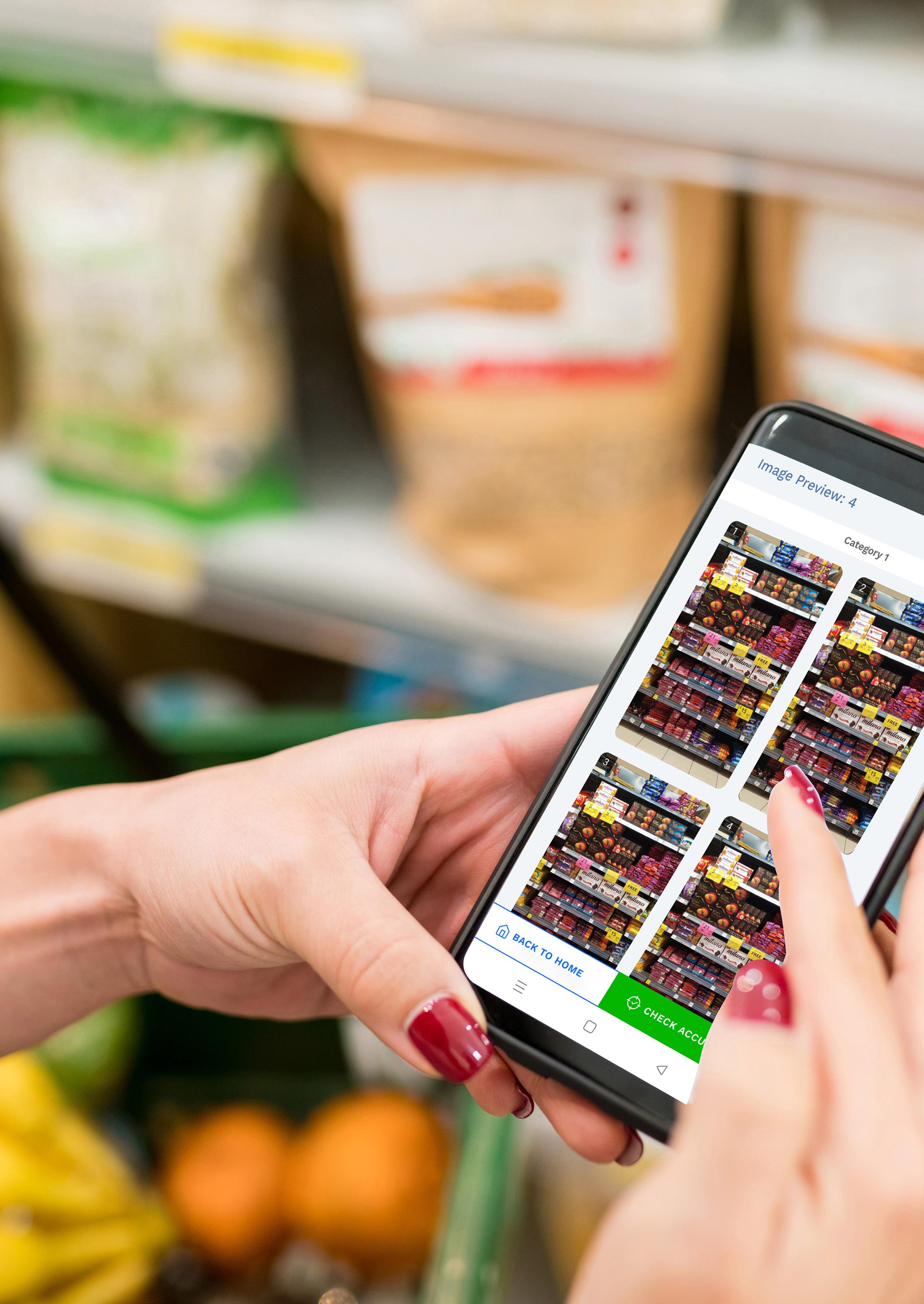

THE PERFECT STORE
The concept of a “perfect store” in CPG/retail refers to an ideal state where a store has achieved optimal performance in terms of sales, profitability, and customer experience. A perfect store is one that is well-organized, wellstocked, and visually appealing to customers, with products placed strategically to drive sales and encourage customer engagement.
In a perfect store, products are arranged in a way that maximizes visibility and accessibility, with prominent displays that highlight key products and promotions. The store’s layout is designed to optimize traffic flow, making it easy for customers to navigate and find what they’re looking for.
By providing CPG brands with the most precise, relevant, and usable in-store execution analytics, InfiViz helps them realize their vision of the ideal store. It is built for retail excellence and has real-time store insights that sales directors can use to increase per-store sales and brand visibility.



Data Harmonization
Image recognition AI can help in data harmonization for CPG retail in several ways:
Standardizing Product Information: CPG companies often struggle with maintaining consistent product information across different retail channels.

Image recognition AI can analyze product images to identify key product attributes, such as product name, description, and UPC, and help standardize this information across different channels.
Categorization: Image recognition can also be used to categorize products based on their attributes, such as size, color, and brand. This information can be used to create consistent product categories across different retail channels, making it easier to compare and analyze product performance.
Competitive Analysis: Image recognition AI can be used to analyze images of store shelves to identify competitor products and their placement. This information can be used to optimize product placement, pricing, and promotions to increase market share.
Sales Analysis: Image recognition AI can analyze images of store shelves to identify product placement and sales performance. This information can be used to optimize product placement and promotions to increase sales and profitability.
Brand Safety: Image recognition AI can also be used to monitor product placement and ensure that products are placed in a safe and appropriate manner.
Therefore, in a nutshell, Image recognition AI can help in data harmonization for CPG retail by standardizing product information, categorizing products, analyzing competitor activity, analyzing sales performance, and monitoring brand safety. By providing a more accurate and consistent view of product performance across different retail channels, image recognition AI can help CPG companies make more informed decisions and improve overall business performance.
Trivia: Accenture found that companies that use AI for data harmonization can achieve a 30-50% reduction in the time it takes to integrate data from multiple sources. This can lead to faster decisionmaking, improved agility, and increased competitive advantage.


CPG companies can save millions of manhours by leveraging the power of image recognition technology. Image recognition can automate many of the labor-intensive processes involved in CPG operations, from inventory management to merchandising and marketing.
One of the most important advantages of image recognition is its ability to identify products and analyze data in real-time. This can assist CPG companies in optimizing operations and improving decision-making processes, resulting in increased productivity and profitability. Image recognition, for example, can help to speed up the process of shelf stocking and inventory management. The technology can help CPG companies optimize their inventory and reduce the time and labor required for manual inventory counts by automatically detecting and tracking inventory levels.
Furthermore, image recognition can assist CPG companies in improving their merchandising and marketing strategies. By analyzing consumer behavior and preferences in real time, technology can assist businesses in optimizing product placement and promotions in order to increase sales.
Hence, in a nutshell, CPG companies can save millions of manhours while increasing productivity and profitability by implementing image recognition technology. Image recognition can help CPG companies optimize their operations and stay ahead of the competition by automating routine tasks and providing real-time data and insights.

Automated Reporting

WithImage Recognition enabled “Click and Go” store audits, the tedious task of analyzing an ocean of data and insight generation is reduced to a mere click of the camera. Traditionally, CPG companies have relied on manual store audits to collect data on product placement, pricing, and promotions. This process is timeconsuming, expensive, and prone to errors. However, with image recognition powered by AI, companies can automate this process by analyzing images captured by in-store cameras or mobile devices.
AI-powered image recognition can quickly identify and extract data from images, such as product placement, shelf space, and pricing information. This data can then be analyzed and integrated into the company’s reporting systems, providing realtime insights into store performance, sales trends, and inventory levels.
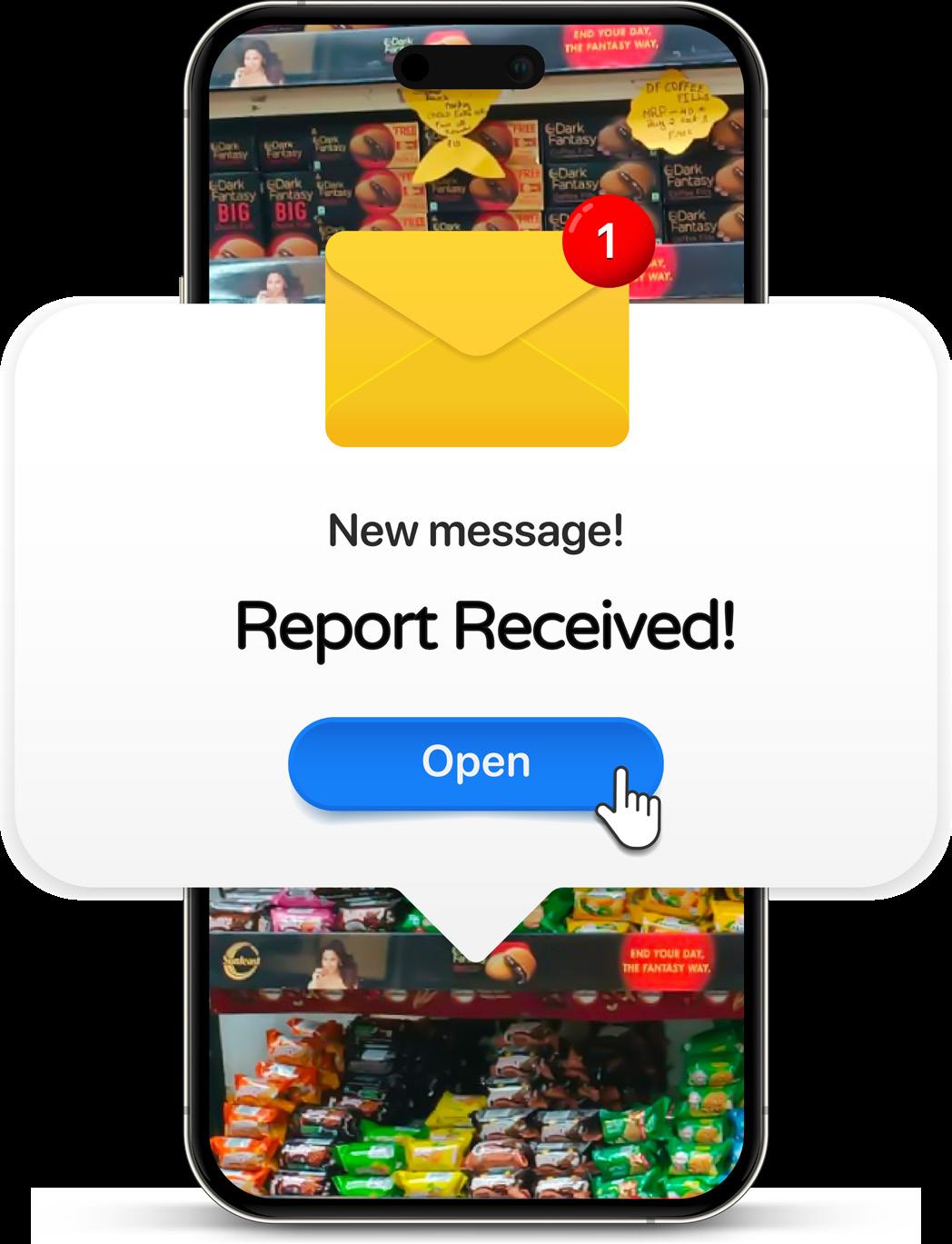
By automating the reporting process, CPG companies can achieve significant cost savings, reduce errors, and improve data accuracy. The use of AI-powered image recognition can also help companies
identify new market opportunities, optimize supply chain operations, and improve customer engagement.
For example, with image recognition powered by AI, companies can quickly identify outof-stock products and adjust their inventory levels to meet demand. They can also identify shelf placement and promotional display opportunities, which can increase product visibility and sales.
Trivia:
According to a study by HFS Research, companies that adopt RPA for reporting can achieve a 3050% reduction in manual effort and a 40-60% reduction in processing time. The same study also found that companies can achieve a 2-5 times ROI within the first year of implementing RPA.

Another study by PwC found that companies that use RPA for reporting can achieve a 25-50% reduction in labor costs, a 35-65% reduction in cycle time, and a 70-90% reduction in errors. The study also found that RPA can improve data accuracy and enable faster decision-making, leading to better business outcomes.
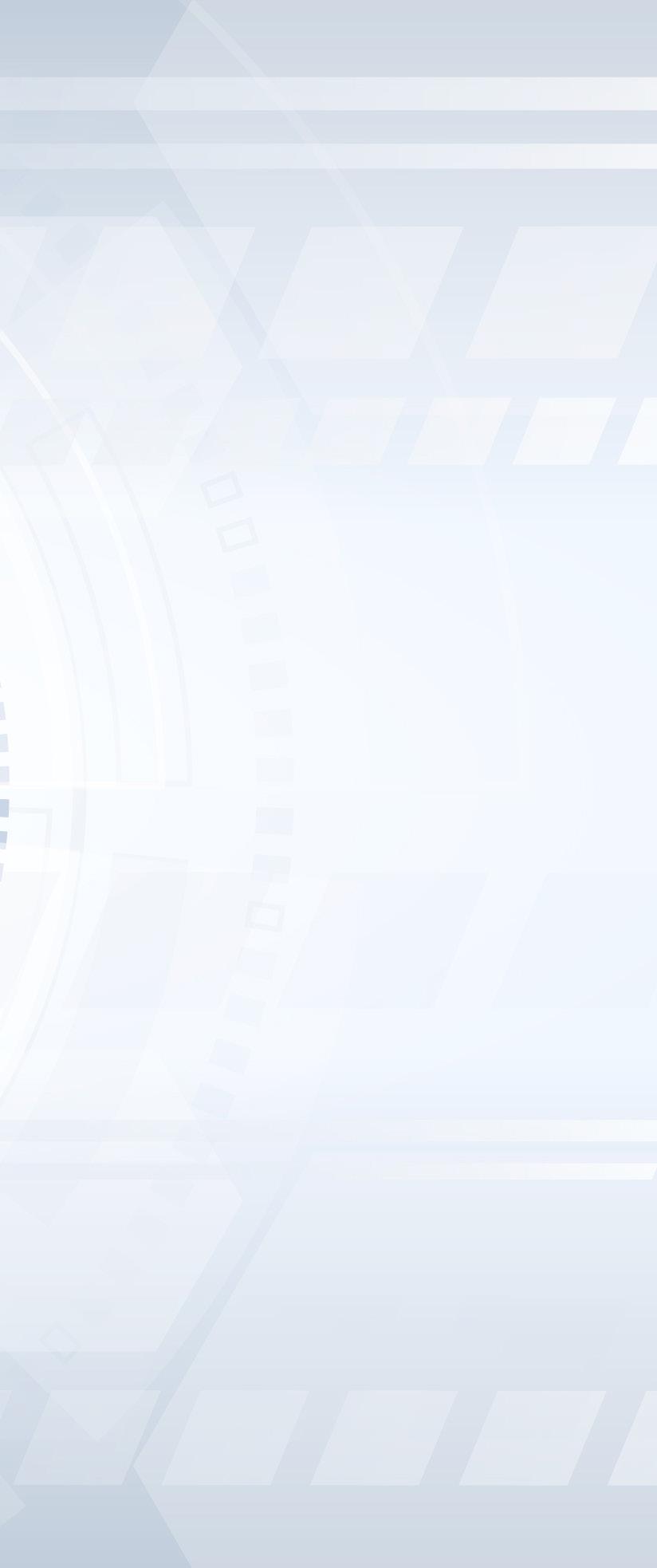
Better product placement:
Real-time retail execution insights can help CPG companies to understand how their products are being placed in stores and whether they are being positioned in high-traffic areas. This can help companies to optimize their product placement strategies to maximize visibility and drive sales.
Real-Time Execution Insights
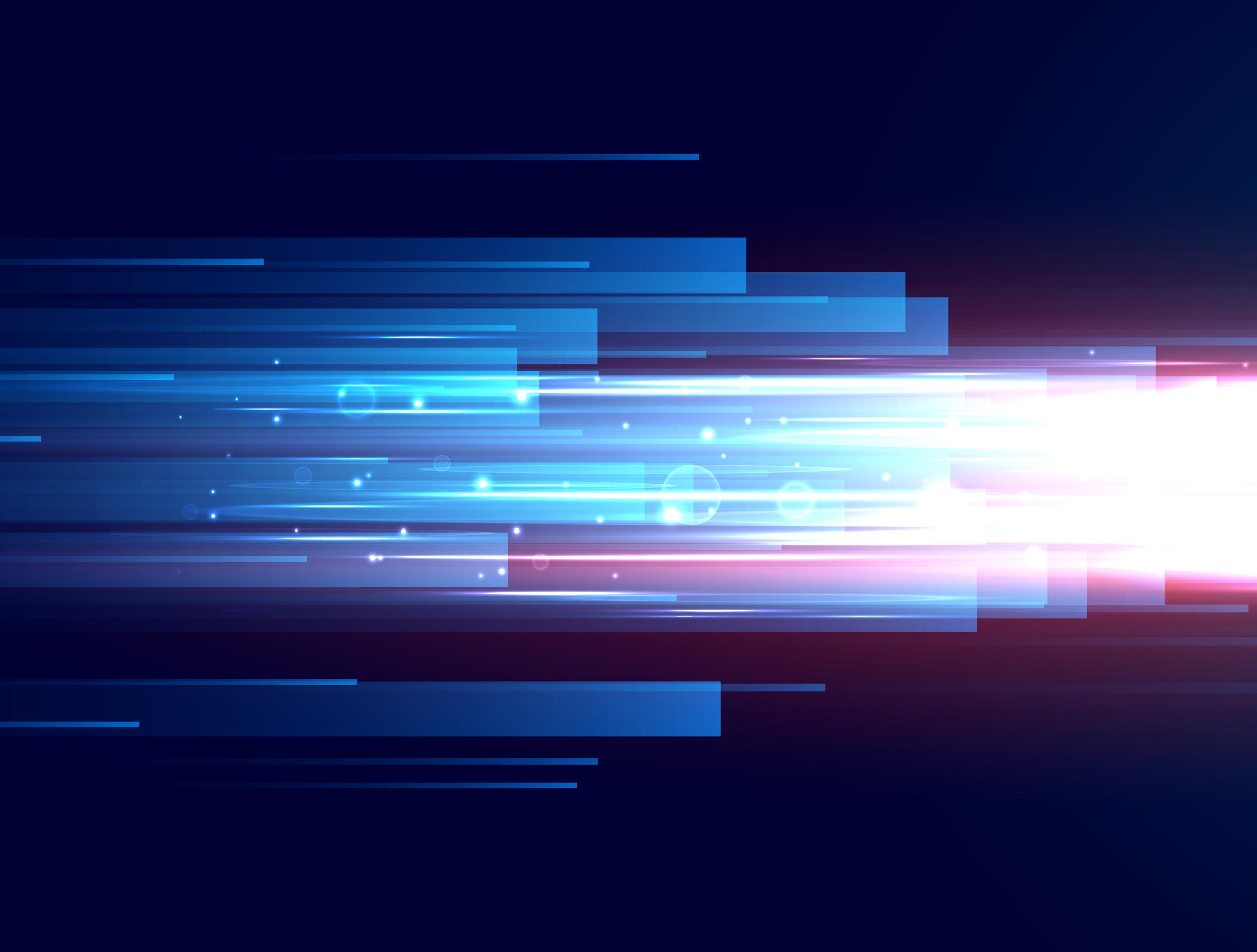
Improvedcompliance:
Real-time retail execution insights can enable CPG companies to monitor compliance with planograms and promotional displays, ensuring that their products are being displayed in accordance with their brand standards. This can help to prevent out-ofstock situations and ensure that promotional displays are executed as planned.
Enhanced promotional effectiveness:
By monitoring the execution of promotional activities in real time, CPG companies can gain valuable insights into the effectiveness of their promotional campaigns. This can help companies to identify which promotions are driving the most sales and adjust their strategies accordingly.
Real-time retail execution insights can help CPG companies increase their revenue significantly. CPG companies can gain a better understanding of their retail execution performance, identify areas for improvement, and take proactive steps to optimize their sales strategies by leveraging real-time data and insights. Here are a few examples of how real-time retail execution insights can help CPG companies:
Increased product availability:
Real-time retail execution insights can help CPG companies to identify out-ofstock situations and take proactive steps to address them. This can help to ensure that their products are always available to customers, which can drive sales and increase revenue.

More effective sales strategies:
By leveraging realtime retail execution insights, CPG companies can gain a deeper understanding of their sales performance and identify areas for improvement. This can help companies to adjust their sales strategies and focus on the most effective activities to increase revenue.


Store audits can be automated and streamlined with the help of image recognition and AI, which quickly and efficiently collects data on in-store execution. This is made feasible by giving merchandisers the option to use mobile cameras on their devices to take a few images of the retail shelves. The recorded images are subsequently processed by the image recognition AI to produce crucial business and retail execution insights. With the aid of image recognition technology,

audits may be digitized and standardized to obtain correct data more regularly, allowing the sales and marketing teams to act quickly.
Additionally, the data analyzed by the image recognition software can be used to monitor sales patterns. Retailers may increase the sales of priority SKUs by positioning them closer to the buyer’s eye level by drawing on the data on how well different brands and SKUs are selling.
Trivia:
A study by McKinsey & Company, companies that adopt AI for store audits can achieve a 20-30% reduction in manual effort and a 10-20% increase in productivity. The same study also found that companies can achieve a 2-3% increase in revenue growth through better data quality and analysis.
OUT-OF-STOCK DETECTION

Image recognition AI can help CPG brands in out-of-stock detection and cut on losses by providing real-time visibility into store shelf conditions, enabling brands to quickly identify out-of-stock products and take corrective action.

Real-timemonitoring:
Image recognition AI can analyze images of store shelves in real-time to identify out-of-stock products. This enables brands to quickly take action to restock products and avoid lost sales.
Automated alerts:
Image recognition AI can be configured to send automated alerts to brand managers when out-of-stock products are detected. This ensures that brands can quickly take corrective action before lost sales impact their bottom line.
Historical data analysis:
Image recognition AI can be used to analyze historical data on outof-stock occurrences, enabling brands to identify trends and patterns and take proactive steps to prevent future out-ofstock situations.
Improved demand forecasting:
By analyzing historical data and identifying trends, image recognition AI can help brands improve their demand forecasting accuracy, ensuring that they are better prepared for future demand fluctuations
Trivia:
In 2018, Procter & Gamble’s CFO Jon Moeller stated that the company had lost approximately $1 billion in sales due to out-ofstock situations. The company’s stock price also fell by more than 6% in one day due to the announcement.
Another example is Coca-Cola, which lost an estimated $25 million in sales due to out-of-stock situations in 2020. The company’s sales were impacted by disruptions to its supply chain caused by the COVID-19 pandemic.
PREVENTION LOSS

Trivia:
Mondelez International implemented an AIpowered analytics platform to monitor sales data and identify potential issues. As a result, the company was able to prevent a potential loss of $50 million in sales by identifying a trend of underperformance in certain product categories.
Image recognition AI can help CPG brands in loss prevention by enabling brands to monitor store shelves in real-time, identify potential theft and fraud, and take corrective action to prevent losses. It can analyze images of store shelves in real-time to identify potential theft and fraud. This enables brands to quickly take action to prevent losses before they occur.
Image recognition AI can be configured to send automated alerts to brand managers when suspicious activity is detected. This ensures that brands can quickly investigate potential losses and take corrective action.
Image recognition AI can be used to monitor inventory levels and identify discrepancies, such as missing or misplaced products. This enables brands to quickly identify potential theft and take corrective action to prevent further losses. Furthermore, historical data can be used to analyze theft and fraud, enabling brands to identify patterns and take proactive steps to prevent future losses.
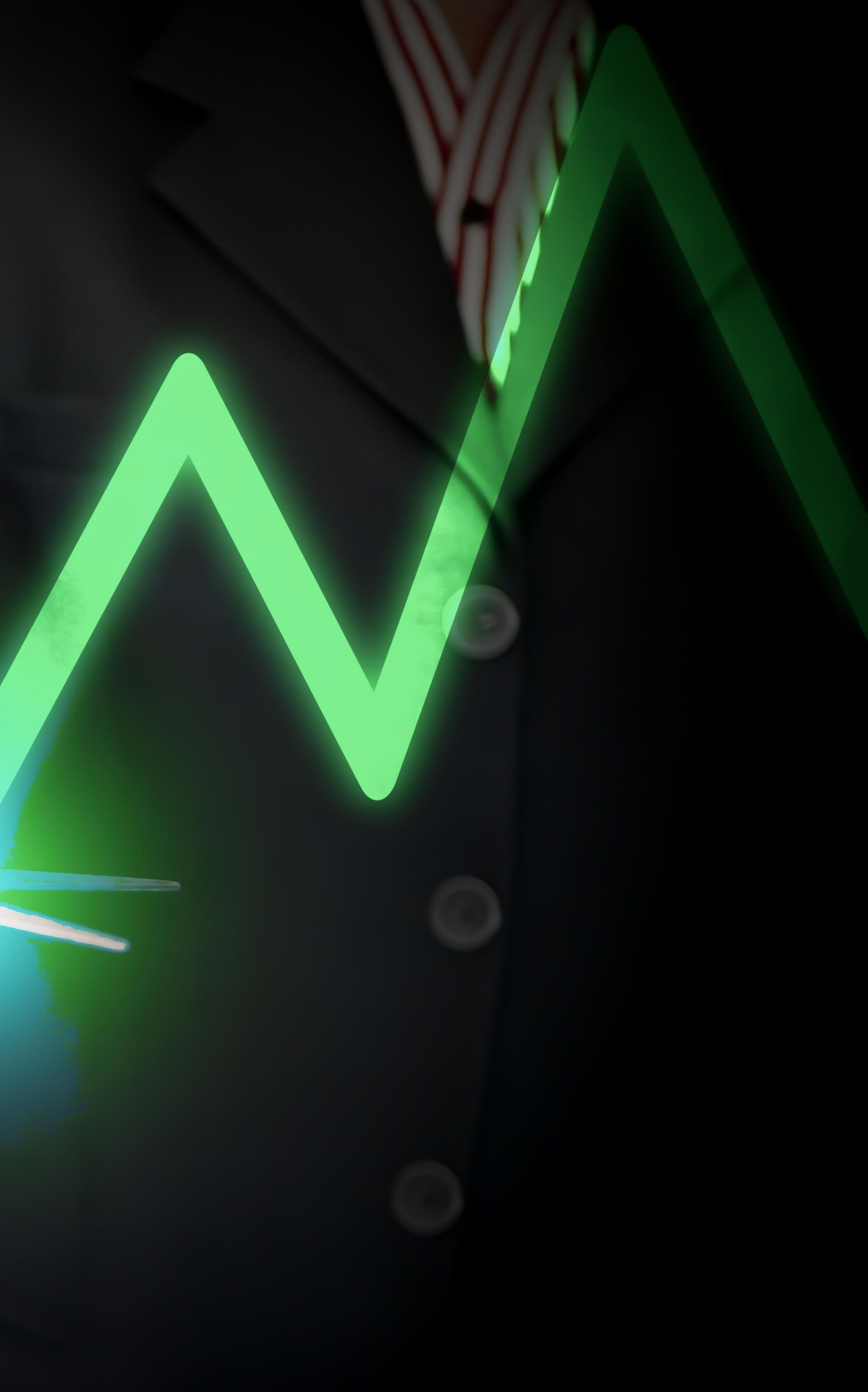
INTELLIGENCE INTELLIGENCE COMPETITIVE
With the increasing demand for consumer goods, the competition among CPG companies has reached its zenith, making it essential for these companies to gain insights into their competitors’ strategies

to stay ahead in the market. In the context of CPG companies, image recognition technology allows them to analyze images of products and their packaging to gather data about their competitors’ offerings.
CPG companies can use image recognition technology to collect data on a variety of factors, including, but not limited to:
Product features: Companies can use image recognition to identify and analyze the features of their competitors' products. This can include packaging, size, color, shape, and other attributes that can help companies understand the strengths and weaknesses of their competitors' offerings.
Pricing: Image recognition technology can be used to monitor the prices of competing products across different channels, such as online marketplaces, physical stores, and advertisements.
Promotions: CPG companies can use image recognition technology to track the promotions and offers being run by their competitors, including discount codes, coupons, and other incentives.
By using image recognition technology to gather data on their competitors, CPG companies can make more informed decisions about their own product offerings and marketing strategies. For example, if a company learns that a competitor is offering a new product with a unique packaging design, it may decide to update their own packaging to stay competitive. Moreover, by automating the process of data collection, CPG companies can save costs on manual data collection methods such as in-store audits or market research studies. Image recognition technology can gather data from a large number of images and videos quickly and accurately, reducing the time and cost associated with traditional data collection methods.
Trivia:
Placement: Image recognition can help companies track the placement of their competitors' products in stores, including where they are located on shelves and in which aisles.

Unilever used competitor data analysis to identify market trends and consumer preferences for its haircare products. By analyzing competitor data, Unilever identified a trend towards natural ingredients in haircare products and launched its Love Beauty and Planet line, which features natural ingredients. According to the company, the line generated €100 million in sales in its first year of launch.
(Source: Unilever Annual Report 2018)
PLANOGRAM MONITORING COMPLIANCE

ImageRecognition
AI can assist CPG (Consumer Packaged Goods) companies by delivering immediate feedback on instore execution, allowing them to monitor their planograms in real-time. Planograms are ideal layouts that talk about product position, arrangement of SKUs, adjacencies, facings, etc. that show how merchandise ought to be arranged on shelves in a store. For CPG companies, keeping an eye
on planograms is essential because it ensures that their products are exhibited properly, which can boost sales and brand recognition.
The data gathered is used by the AI to evaluate photos and recognize items on store shelves. Image recognition AI can quickly alert store staff to any deviations from the planogram by analyzing photographs in real-time. This lessens the possibility of outof-stock situations and ensures that the products are displayed properly.

TRADE PROMOTION MANAGEMENT
CPG companies use trade promotion management (TPM) and trade promotion optimization (TPO) as the processes and technologies to plan, organize, and carry out the activities that necessitate cooperative promotional action from their retail partners. We refer to them as "trade promotion execution" together (TPx). Now available independently or as a package, the
market's solutions have primarily been applied to the delivery of promotional activities in brick-and-mortar establishments.
Trade promotion management (TPM) and trade promotion optimization (TPO) are the processes and technologies that consumer goods manufacturers leverage to plan, manage and execute the activities
that require collaborative promotional activity from their retail partners. Collectively, we refer to them as "trade promotion execution" (TPx). The solutions in the market are currently offered either separately or as part of a combined package, and to date, have largely been used to deliver promotional activity in brick-andmortar locations.
38% Did you know that 70% of purchase decisions are made in-store?
of the unplanned sales are from POP displays


TPO
Incremental
The additional income produced by spending a dollar on promotional activities is referred to as incremental trade promotion spend. On the other side, nonincremental dollar refers to the revenue that would have been produced regardless of any promotional efforts. This is a crucial metric that marketing leaders of CPG companies compute to analyze the health and performance of any trade marketing campaign.
In general, incremental spending is recommended when it comes to trade promotions because it promotes growth in sales and revenue. Businesses can increase their market share and get a good return on investment (ROI) by funding promotions that result in incremental sales. On the other hand, non-incremental spending might not result in any increased sales and might even have a negative return on investment.
For instance, a growing CPG brand may need to invest in trade promotions even if they do not result in additional sales if they are seeking to defend their market share or counteract the promotional efforts of a competitor. In such circumstances, the objective might be to stop a decrease in sales rather than spur growth.

Image Recognition can help analyze and generate insights by examining data from retail locations and promotional activities to determine the effect of promotions on sales, AI can assist CPG brands in tracking their incremental vs. non-incremental dollar for trade marketing spends.
Images of promotional displays can be analyzed by AI to assess how well they work to increase sales. The AI can identify whether the displays are producing incremental or non-incremental revenue by comparing sales data for products that are prominently shown to those that are not.

RETAIL EXECUTION SOLUTION
Inthe Consumer Packaged Goods (CPG) industry, retail execution solution refers to the process of planning, executing, and monitoring the various activities and processes involved in getting products from manufacturers to consumers via retail channels. This includes tasks such as managing product inventory, conducting in-store promotions, ensuring the right product placement on shelves, tracking sales performance, and managing relationships with retailers.
A retail execution solution usually entails the use of technology to assist CPG companies in managing these tasks more efficiently and effectively. For example, it could entail using mobile devices and applications to give sales reps real-time access to product information, inventory data, and promotional materials, allowing them to make better decisions when working with retailers.
A carefully crafted retail execution strategy is an amalgamation of marketing, sales, and management
resources. Coupled with the scalability and accuracy of technology can produce tremendous results for any CPG brand. There is frequently a need for greater visibility and control over in-store performance. Because of a lack of real-time retail analytics, sales and marketing leaders frequently struggle to meet time-sensitive demands.

Questions that frequently go unanswered once the products hit the shelves include:
How are the products displayed
What is the product’s share of the shelf at any given time
How effective are brand promotions





How frequently does the product run out of stock
Are there enough products on the market
Losses incurred by retail manufacturers worldwide: $1 Trillion
PLANOGRAM COMPLIANCE
Planogramcompliance refers to a retailer's complete adherence to a CPG brand's planogram protocols. It ensures that the right mix of products is available at the right time, in the right place, with the right merchandising and brand display fixtures to target the right customers.
Image recognition can be used by CPG companies to ensure planogram compliance because it provides several benefits that can help increase sales and improve operational efficiency.
How can you influencethe purchase decisions for your retail success?
Improve Compliance Accuracy:

Image recognition technology can analyze images of retail shelves to ensure that products are displayed accurately according to their planograms. This can help prevent compliance issues and ensure that products are displayed in the most effective way possible.
Save Time andMoney:
Image recognition can automate the process of checking planogram compliance, saving CPG companies both time and money. It can analyze shelves’ hundreds or thousands of images in a matter of minutes, providing real-time feedback on compliance levels, instead of manually checking them for compliance.
Visual Merchandising

Color Blocking
Brand Blocking
Horizontal and Vertical Blocking
Cross Merchandising


VISIBILITY COMPLIANCE
Visibility compliance or visibility rules refer to the requirements and standards for how products should be displayed and positioned in retail stores to maximize visibility and sales. These visibility rules typically include guidelines for how products should be placed on shelves, how much shelf space they should take up, and where promotional materials such as signs and displays should be placed, etc.
A visibility rule, for example, might require that a specific product be placed at eye level on a shelf, with a certain amount of space around it to ensure that it stands out from competing products. Other regulations may require the use of specific
signage or promotional materials to draw attention to a specific product.
By following these visibility rules, CPG companies can ensure that their products are displayed in a way that maximizes visibility and sales potential while also providing customers with a consistent and appealing shopping experience.

In-store audits are frequently used to monitor visibility compliance scores, in which sales representatives or thirdparty auditors visit retail locations to ensure that products are displayed in accordance with the
company’s visibility rules. Companies are increasingly relying on technology like image recognition to automate the process of monitoring visibility compliance and ensuring that products are displayed correctly in real time.
P&G has also been working on creating more affordable packaging for its products.
“We’ll use tools like value messaging, pack sizes, and performance messaging to ensure that if there is a downturn, we are in the best position for a consumer in a pinch,”

CFO, Procter & Gamble, Jon Moeller
P&G shares are up nearly 30% year to date, giving the company a market capitalization of $298 billion
Trivia:INVENTORY TURNOVER
Inventory turnover is a financial metric that measures how quickly a company’s inventory is sold and replaced over a given period of time. In the context of CPG sales, inventory turnover is a key indicator of a company’s sales performance and operational efficiency.

Inventory turnover is calculated by dividing the cost of goods sold (COGS) by the average inventory level over a given period. The resulting ratio represents the number of times a company’s inventory is sold and replaced over the same period.
For example, if a CPG company had $1 million in COGS and an average inventory level of $250,000 over the course of a year, its inventory turnover ratio would be 4. This means that the company’s inventory was sold and replaced four times during the year.

A high inventory turnover ratio indicates that a company is selling its products quickly and efficiently, which can be a positive sign of strong sales performance and
operational efficiency. However, a very high inventory turnover ratio can also suggest that a company is carrying too little inventory, which can result in stockouts and lost sales.
Conversely, a low inventory turnover ratio may indicate that a company is carrying too much inventory, which can tie up capital and increase carrying costs. It can also suggest that products are not selling as quickly as expected, which can be a warning sign of poor sales performance.
Here’s how CPG companies can leverage image Recognition to elevate their inventory turnover:

Real-time inventory tracking: CPG companies can use image recognition technology to track inventory levels in real time, allowing them to quickly identify when products are running low and need to be restocked. This can help to ensure that customers always have access to products, which can increase sales and improve inventory turnover.
Demand forecasting: Image recognition technology can assist CPG companies in forecasting demand for their products by analyzing sales data and consumer behavior patterns. This can help businesses plan their inventory levels more effectively and ensure that they always have the right products in stock.
MANAGEMENT SPACE MANAGEMENT


Space management is the planning, categorizing, and improvement of physical space within a retail store. It entails determining the most
effective way to use available floor space to showcase products and create an appealing shopping environment for customers. Space management seeks
to maximize sales and profits by ensuring that the right products are in the right place at the right time.
The key steps to space management include:
Planning & Design
This entails designing a store layout that makes the best use of available space while taking into account factors such as product categories, traffic flow, and customer demographics.
Category Management
This entails categorising products and determining the best location for each category within the store.

Display Management
This entails creating eyecatching displays that highlight products and encourage customers to buy.

INCREASE MARKET
PENETRATION PENETRATION

Inthe CPG industry, market penetration refers to the percentage of potential customers who purchase a specific product or brand within a specific market or geographical region. It is a measure of the market’s adoption or acceptance of a product or brand.
The total number of customers who have purchased a product or brand is divided by the total number of potential customers in the market to calculate market penetration. For
example, if a product has 1 million potential customers and 100,000 customers have purchased it, the market penetration rate is 10%.
Market penetration is an important metric for CPG companies because it helps them understand market saturation and growth potential. A high market penetration rate indicates that a product or brand has a strong consumer appeal and is well-established in the market, whereas a low market penetration rate
may indicate that there is room for expansion and growth.
CPG companies may use a variety of marketing and sales strategies to increase market penetration, such as targeted advertising, price promotions, product innovation, and expanding distribution channels. Companies can increase sales volume, capture a larger share of the market, and strengthen their competitive position by increasing market penetration.
Here’s how you can leverage image recognition AI to increase the market penetration of your company:
Identify market gaps and opportunities: Image recognition can be used in retail stores to analyze product placement and shelf space. CPG companies can identify market gaps and opportunities for expansion by analyzing the SKUs that are selling well and which products are underrepresented or not available in certain stores.
Image recognition can assist CPG companies in ensuring that their products are placed in the most visible and interactive locations in stores, such as at eye level or near the checkout. Companies can increase visibility and attract more customers by optimizing product placement.
Improve inventory management: CPG companies can ensure that they have the right products in stock to meet demand by using image recognition to monitor inventory levels and sales performance in real time. This can aid in avoiding stockouts and ensuring that customers have access to the products they desire.

MANAGEMENT SALES
CPG companies can benefit from image recognition technology by improving their sales management processes, making more informed decisions, gaining a competitive advantage,

and providing a better customer experience. Image recognition technology can provide real-time insights into retail environments, allowing sales teams to identify sales
opportunities and potential issues more quickly and accurately. This can help to boost sales performance and revenue.
Streamlined processes: Many sales management processes, such as inventory management, pricing analysis, and competitor monitoring, can be automated using image recognition. This can save time and resources while also increasing operational efficiency.
Data-driven decision-making: Sales teams can make more informed decisions about pricing, promotions, and product placement by using image recognition to collect and analyze data on consumer behavior, product performance, and market trends.
Improved customer experience: CPG companies can create a more appealing and convenient shopping experience for customers by using image recognition to optimize product placement, pricing, and promotions. This can help to increase customer loyalty and sales.
Competitive advantage: By providing real-time insights into market trends and consumer behavior, image recognition can help CPG companies gain a competitive advantage. This allows businesses to respond to changing market conditions more quickly and effectively.

COST SAVING ON TRADE PAYOUTS

InCPG sales, trade payouts refer to the payments made by manufacturers to retailers or distributors for various promotional activities such as trade promotions, discounts, rebates, and allowances. These payouts are designed to incentivize retailers to carry and promote the manufacturer's products, and to help drive sales.

Trade payouts can take many forms, including
Trade promotions: These are short-term marketing campaigns designed to drive sales, such as price discounts, buy-one-get-one-free offers, and coupons.
Volume-based discounts: These are discounts offered to retailers or distributors based on the volume of products they purchase or sell.
Rebates: These are payments made to retailers or distributors after a certain period of time, based on the volume of products sold.
Slotting fees: These are fees paid by manufacturers to retailers for the right to place their products on shelves or in specific locations in the store.
Trade payouts are a common practice in the CPG industry and are used by manufacturers to encourage retailers to carry and promote their products. However, trade payouts can be complex and difficult to manage, as they involve multiple parties and a variety of promotional activities. Effective management of trade payouts is essential for manufacturers to ensure that they are getting a good return on investment and that their products are being promoted effectively in the retail environment.

How Can Image Recognition Help?
Promotional tracking
accuracy: Image recognition technology can be used to track the execution of trade promotions in real-time, including the placement of promotional materials and product pricing. This can assist CPG brands in ensuring that retailers are following the terms of the promotion and avoiding overpaying for promotional activities that are not carried out as planned.

Optimize promotional spending:
Image recognition technology can assist CPG brands in identifying the most effective promotional activities and allocating promotional spending accordingly by analyzing sales data and consumer behavior patterns. This can help to maximize the ROI and reduce unnecessary promotional spending.



Trade Marketing Leader
Millions can be saved on retailer payouts by identifying noncompliance in realtime.

Creating
Sales Director
Lift per-store sales with accurate and actionable insights to prevent stockout scenarios and boost execution performance.
Execution metrics and recommendations are provided to your field force within 2 minutes to fix execution errors on the spot.

Category Lead
Ensure the right assortment mix sits on the right shelf, at the right store.
Optimize store fulfilment based on per-store sales & demand data. Ensure high availability of key SKUs per category on the shelf.
InfiViz: A Win For All The Stakeholders
Field Force
Cut down on store audit time with a super easy mobile app for instore image capture.

Cover more stores, fix issues instantly and build a meaningful relationship with the retailers.

THE BEST CHOICE FOR CPG BRANDS. HERE’S WHY.

70% Time saved
5000 SKUs mapped within 2 weeks
10% Improvement in Share-of-Shelf
100% Pricing & Promotion Compliance
Actions based on competition OSA and trade promotions
20% Lift in SOS
100% Planogram Compliance
Real-time planogram fixes
100% Improvement in trade promotion compliance
2% Lift in per-store sales
Real-time fixes to On-ShelfAvailability

A STEP AHEAD
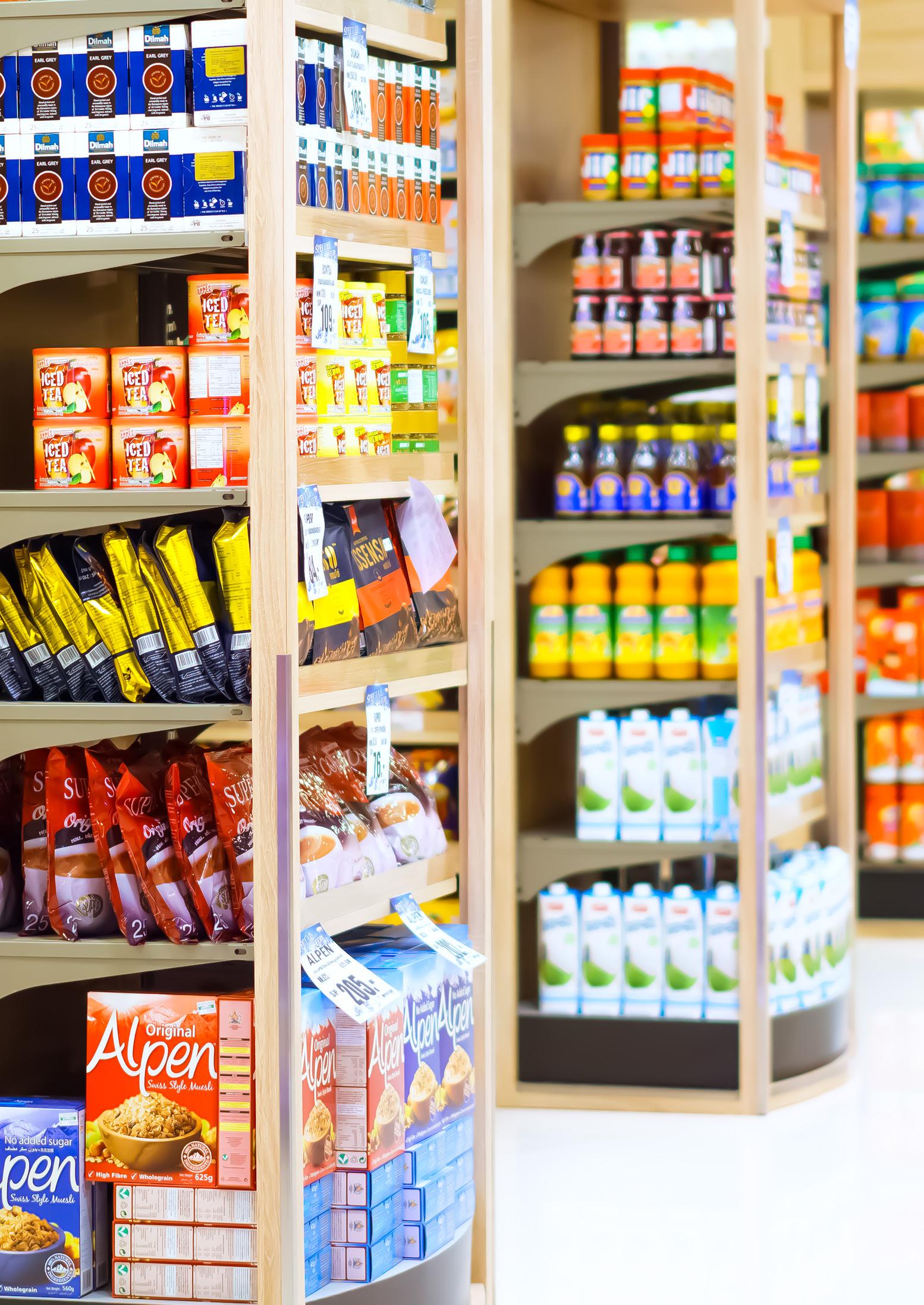
< 7 Days
Fastest in the industry (8X faster) to setup IR to recognize 2K+ SKUs
2-Min
From photos to actions: utilization of field-force while they are in the stores
< 3 Days
Superior operational excellence in reporting new SKUS
< 15 Days
Actionable insights by integrating sales & distribution data with on-shelf data

100% Works for both modern trade & generate to cover store universe
20X + ROl on InfiViz, 10% discount on pricing offered by competition
TO KNOW MORE
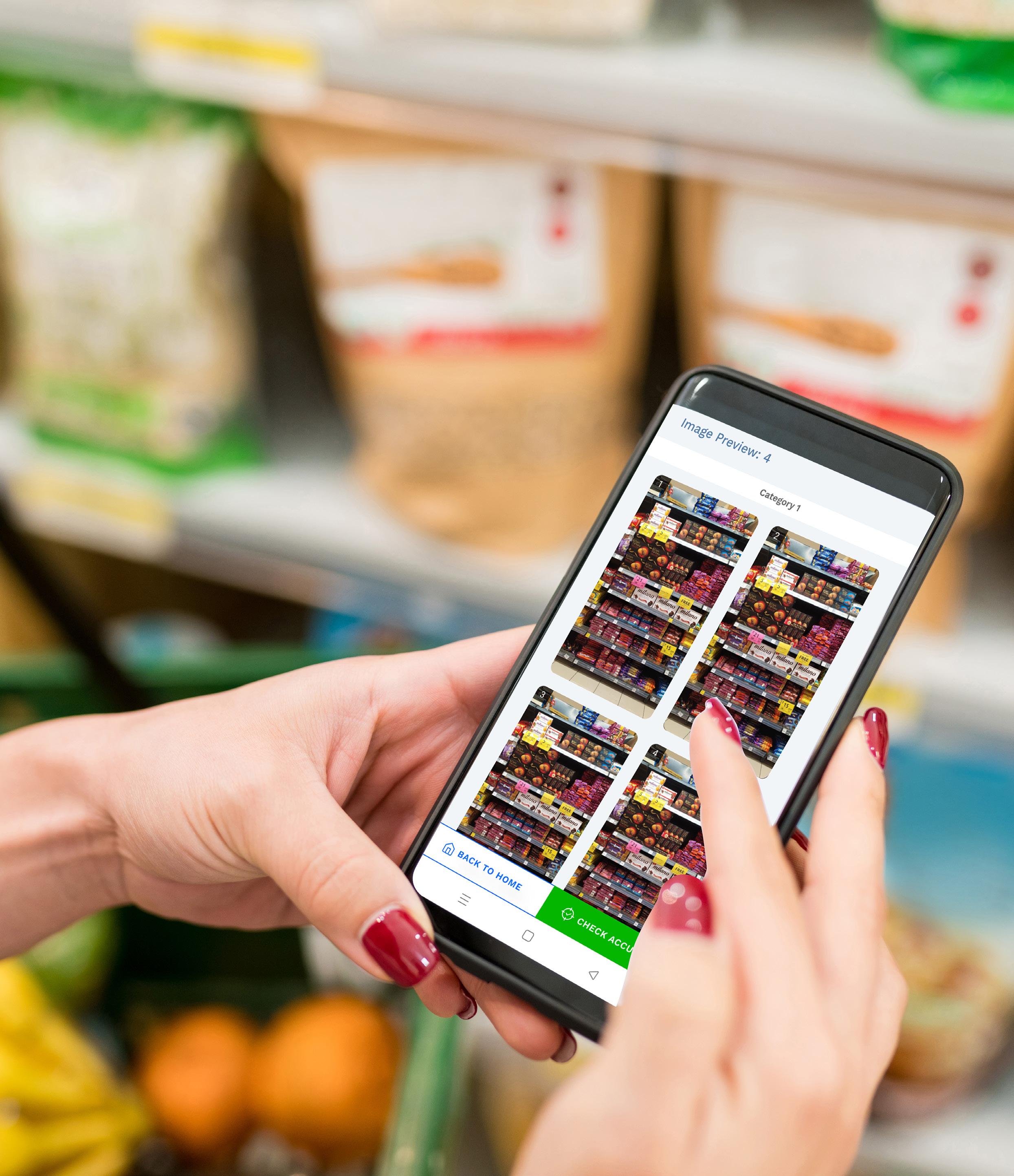
visit www.infilect.com
Sales: anand@infilect.com
Partnerships: vijay@infilect.com
